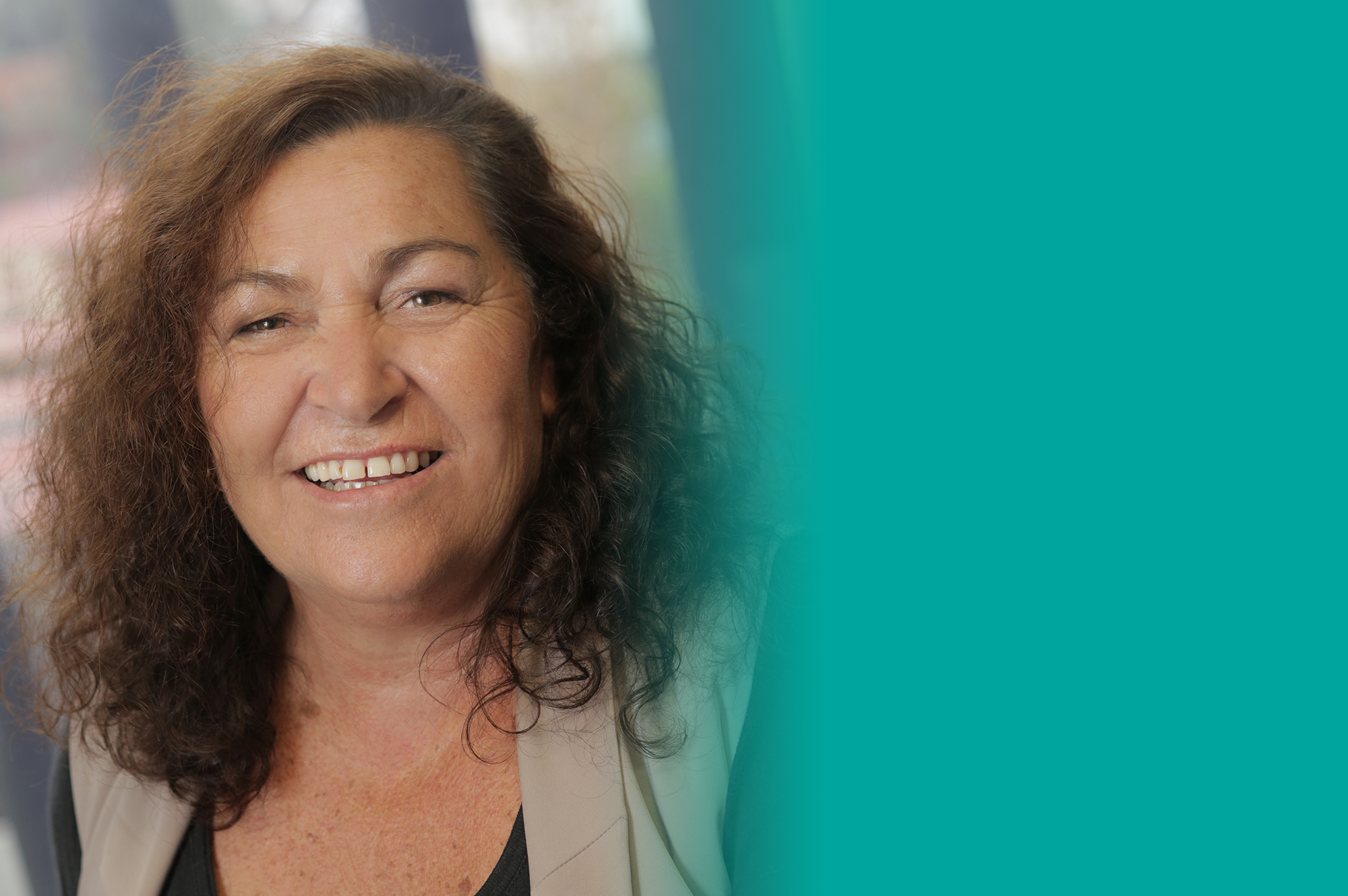Statement to the Senate Community Affairs Reference Committee Inquiry into the adequacy of residential arrangements for young people with severe physical, mental or intellectual disabilities
19 February 2015
Good morning. I would like to commence by acknowledging the traditional owners of the land, the Gadigal people of the Eora nation. My name is Scott Avery, and with June Riemer, we represent the First Peoples
Disability Network. By way of background, the First Peoples Disability Network is a national organisation established by and for Aboriginal and Torres Strait Islander people with disability. Our Board is comprised in its entirety of First Peoples with a
lived experience with disability, and it is the narratives of their lived experience which guide our policy and advocacy work. We believe the voice that our governance provides to First Peoples with disability is unique in Australia, if not the world.
We commend the Senate Community Affairs Committee for undertaking this Inquiry.
The Coalition of Australian Governments attempted to address this issue as far back as 2006, with Terms of Reference similar to this inquiry. That the Committee is being presented with much the same issues and similar experiences of those affected shows the dedicated effort that is required to ensure that all young people can access their right to an optimal quality of life.
There are issues common to all young people with severe physical and intellectual impairment. There is a lack of specialist services, not just in disability support but also across other areas such as education, housing and health. Accommodation
options are not suitable, usually multi-purpose facilities, nursing homes and community hospitals. There are no respite options. Those services that are provided are not coordinated. These issues are amplified by poverty and remoteness, to the
extent that appropriate services are non-existent.
Because appropriate services are missing, people are moving into the ageing system as a default, even though the principal diagnosis is disability. Families are presently compelled to work with an inadequate system to get some support, even if it is the
wrong sort of support. For Aboriginal and Torres Strait people, the life expectancy gap, currently 11 years less than other Australians, means that the transfer into ageing happens sooner.
There are issues that are peculiar to a First Peoples disability perspective. There are
three main considerations which we highlight:
1. The prevalence of young Aboriginal and people with severe mental and cognitive impairment will be understated in official data, and there are young Aboriginal and Torres Strait Islander people falling through the system. As with most social data sets, there is little disaggregated data to understand the scope of the issues as they affect Aboriginal and Torres Strait Islander people with severe mental and cognitive impairment. However, if the population-based statistics of disability hold true, then the prevalence will be twice that for Aboriginal and Torres Strait Islander people compared to other Australians. There is also likely to be a considerable number of young Aboriginal and Torres Strait people with who are not receiving any care at all, effectively unknown to the various systems. Based on our observations and private communications to us, some of the risk factors which might result in a young Aboriginal or Torres Strait Islander person falling through the formal support system include:
(i) A young person who has an acquired brain injury through to exposure to violence, or alcohol or volatile substance misuse. A common residential arrangement for these people can be a town camp, or living under a bridge.
(ii) An inherited distrust of Government bureaucracies, a consequence of the forced removal practices of the past, where people with disability were institutionalised and often placed into an environment where they were exposed to abuse and neglect.
2. An increased exposure to the criminal justice system means that prison has become a de-facto residential arrangement for young Aboriginal and Torres Strait Islander people with mental and cognitive impairment. A number of cases have emerged in the past year where young Aboriginal people with mental impairment have been held indefinitely in prison. Some of these people have been held in prison without conviction for up to a decade. Again, the absence of data means the exact scope of this problem is unknown, but the fact that more cases of people with mental impairment in indefinite detention continue to be identified points to a major systemic fault. We believe that supported disability programs as a cost-effective alternative to detention will give these people a better outcome in life, as well deliver substantial social and economic benefits. Therefore, solutions to the unwarranted detention of people with mental impairment must be included as part of a comprehensive approach. Supported disability programs could address the inappropriate housing of young people with disability in numerous settings, including nursing homes and prisons.


Recent Comments